This article was medically reviewed by Sarah Gehrke, RN, MS. Sarah Gehrke is a Registered Nurse and Licensed Massage Therapist in Texas. Sarah has over 10 years of experience teaching and practicing phlebotomy and intravenous (IV) therapy using physical, psychological, and emotional support. She received her Massage Therapist License from the Amarillo Massage Therapy Institute in 2008 and a M.S. in Nursing from the University of Phoenix in 2013.
There are 10 references cited in this article, which can be found at the bottom of the page.
This article has been viewed 130,349 times.
Grazes, also known as scrapes, are a common injury that can occur if you slip or fall. Usually, they are not serious, but can become infected if not treated properly. If you get a graze, treat the wound at home first. Stop the bleeding and apply an adhesive bandage with a non-stick pad or a non-stick gauze pad. You can reduce the risk of infection by removing any foreign bodies from the wound. In the event you notice complications, see a doctor. Grazes can usually be treated successfully at home, but may require stitches if they're deep enough.
Steps
Treating the Wound At Home
-
1Wash your hands. Before you clean a graze, you should wash your hands. You do not want to touch a bleeding wound with dirty hands. Wash your hands in warm tap water with antibacterial soap.[1]
- Get your hands wet under clean, running water. Then, lather your hands with soap. Make sure to get between your fingers, under your fingernails, and the backs of your hands.
- Make sure to scrub for at least 20 seconds. To help you keep track of time, try humming the "Happy Birthday" song twice.
- Rinse your hands and dry them with a clean, dry towel.
-
2Stop the bleeding. The first thing you want to do with a graze is work on stopping the bleeding. If the graze is minor, bleeding should stop on its own. If the bleeding does not stop within a few minutes, apply pressure to the wound using a sterile bandage or a clean cloth. It can also help to elevate the wound slightly while applying pressure.[2]Advertisement
-
3Clean the graze. Once you've stopped the bleeding, clean the graze. This can help prevent infection. To clean the graze, run it under tap water. Do not use antiseptic, as this can irritate the skin. When the wound is cleaned out, gently pat it dry with a clean towel.[3]
-
4Apply an antibiotic. To prevent infection, it's a good idea to apply an over-the-counter antibacterial cream or ointment. Neosporin or Polysporin would work well. Apply a layer to the wound, following the instructions on the package.[4]
- In addition to preventing infection, your antibiotic cream can also speed the healing of your wound by keeping it moist and free of bacteria.
- If you are allergic to any ingredient in a product, don't use it. Discontinue use and consult your doctor if you develop a rash, hives, itching, skin irritation, burning, cracking, peeling, or worsening of your injury.
-
5Bandage the graze. You can either use an adhesive bandage with a non-stick pad or a non-stick gauze to cover the graze. Don't use a gauze that lacks a non-stick surface because it can stick to the wound and pull off skin when you remove it, preventing your wound from healing. Make sure the covering is big enough to protect the full graze, and the skin surrounding the graze.[5]
- If you are allergic to adhesive, apply a non-stick gauze pad and wrap it with paper tape, rolled gauze, or a loosely applied elastic bandage.
-
6Keep your wound moist. Use healing ointments such as antibacterial creams to keep your wound moist as it heals. Keeping a wound moist will help it heal faster and will prevent the skin from pulling apart as you move, which delays healing.[6]
- It's especially important to keep wounds on joints, like your knees, moist because they endure a lot of movement.
Reducing the Risk of Complications
-
1Remove any foreign bodies from the graze. If you grazed your skin when falling outside, there may be foreign objects lodged in the graze. These should be removed before you clean and dress the wound. If left in, they can cause infection. You can usually run water over the wound to remove things like dirt and debris.[7]
-
2Change the graze's dressing regularly. You should not leave dressing on the wound for too long. This can increase the risk of infection. Make sure to change the graze's dressing at least once a day.[8]
- Early on, you may have to change the dressing more. If the bandage gets wet from pus or blood, change it.
-
3Learn the risk factors for infections. Understanding the risk factors for infection is important. You should be more vigilant about checking the graze if it was accrued under certain circumstances.[9]
- If any dirt or bodily fluids from another person got in the wound, you're at an increased risk for infection.
- A wound caused by a human or animal bite is at a greater risk of infection, though these wounds are usually deeper than a graze.[10]
- If your wound is longer than 5 centimeters, or 2 inches, it's more likely to become infected.
Seeking Medical Support
-
1See a doctor if the graze appears infected. In rare cases, grazes can appear infected. See a doctor if you notice any of the following symptoms:[11]
- Pain, redness, or swelling around the graze
- Pus around the wound
- A feeling of sickness
- A high temperature
- Swollen glands
-
2Get a tetanus shot if you are due for one. If you need a tetanus shot, you should get one if you have a new graze or wound. Check your vaccination records. You can ask your doctor for your medical records. If you're younger, your parents may have copies of the vaccination records on hand.[12]
-
3See a doctor if the wound will not stop bleeding. Most grazes will stop bleeding on their own. If the bleeding does not stop, see a doctor. If blood is coming out in spurts, you may have grazed an artery, which usually occurs with a deep graze called a skin avulsion injury. This will require stitches.[13]
-
4Make an appointment with a physician if you suspect a large foreign object is trapped in the wound. While dirt and debris can be removed with water, an x-ray may be needed to remove larger foreign bodies from the wound. If you suspect something like glass may be embedded in the wound, see your doctor. He or she can take an x-ray to check for foreign bodies and have a doctor determine the best method to remove the object.[14]
-
5Get stitches or special dressing for a deep wound. A graze that is deep or wide may require stitches or special adhesive bandages with non-stick pads. See your doctor if your wound is not healing up on its own. He or she can provide you with stitches or special dressing for you wound.[15]
Expert Q&A
Did you know you can get expert answers for this article?
Unlock expert answers by supporting wikiHow
-
QuestionMy son fell and died he has lots of grazes on his face, how do I clean them for the burying ceremony?
 Sarah Gehrke, RN, MSSarah Gehrke is a Registered Nurse and Licensed Massage Therapist in Texas. Sarah has over 10 years of experience teaching and practicing phlebotomy and intravenous (IV) therapy using physical, psychological, and emotional support. She received her Massage Therapist License from the Amarillo Massage Therapy Institute in 2008 and a M.S. in Nursing from the University of Phoenix in 2013.
Sarah Gehrke, RN, MSSarah Gehrke is a Registered Nurse and Licensed Massage Therapist in Texas. Sarah has over 10 years of experience teaching and practicing phlebotomy and intravenous (IV) therapy using physical, psychological, and emotional support. She received her Massage Therapist License from the Amarillo Massage Therapy Institute in 2008 and a M.S. in Nursing from the University of Phoenix in 2013.
Registered Nurse There are times when a family is faced with the extreme difficult situation when a loved one has died as a result of an accident or other tragic circumstance. Discuss facial restoration with your funeral director to see if this is an option. It is understandable to want your son's facial features to be as restored for the ceremony.
There are times when a family is faced with the extreme difficult situation when a loved one has died as a result of an accident or other tragic circumstance. Discuss facial restoration with your funeral director to see if this is an option. It is understandable to want your son's facial features to be as restored for the ceremony. -
QuestionFor how long must the graze be kept dry?
 Sarah Gehrke, RN, MSSarah Gehrke is a Registered Nurse and Licensed Massage Therapist in Texas. Sarah has over 10 years of experience teaching and practicing phlebotomy and intravenous (IV) therapy using physical, psychological, and emotional support. She received her Massage Therapist License from the Amarillo Massage Therapy Institute in 2008 and a M.S. in Nursing from the University of Phoenix in 2013.
Sarah Gehrke, RN, MSSarah Gehrke is a Registered Nurse and Licensed Massage Therapist in Texas. Sarah has over 10 years of experience teaching and practicing phlebotomy and intravenous (IV) therapy using physical, psychological, and emotional support. She received her Massage Therapist License from the Amarillo Massage Therapy Institute in 2008 and a M.S. in Nursing from the University of Phoenix in 2013.
Registered Nurse Keeping your gaze moist will aid in healing. After cleaning the graze you gently pat dry and check for debris. If you are not allergic, apply an OTC triple antibiotic ointment, then cover the graze with a bandage (that has a non-stick pad) large enough to cover the wound. Change it daily or more frequently as needed. Be sure and see your doctor with any questions or concerns or if you have signs of infection.
Keeping your gaze moist will aid in healing. After cleaning the graze you gently pat dry and check for debris. If you are not allergic, apply an OTC triple antibiotic ointment, then cover the graze with a bandage (that has a non-stick pad) large enough to cover the wound. Change it daily or more frequently as needed. Be sure and see your doctor with any questions or concerns or if you have signs of infection.
References
- ↑ https://www.cdc.gov/handwashing/when-how-handwashing.html
- ↑ https://www.health.harvard.edu/staying-healthy/emergencies-and-first-aid-direct-pressure-to-stop-bleeding
- ↑ https://www.urmc.rochester.edu/encyclopedia/content.aspx?contenttypeid=1&contentid=2978
- ↑ https://www.urmc.rochester.edu/encyclopedia/content.aspx?contenttypeid=1&contentid=2978
- ↑ https://www.urmc.rochester.edu/encyclopedia/content.aspx?contenttypeid=1&contentid=2978
- ↑ https://www.ncbi.nlm.nih.gov/pmc/articles/PMC3842869/ http://woundcaresociety.org/do-wounds-heal-faster-when-exposed-to-air
- ↑ https://www.nhs.uk/conditions/cuts-and-grazes/
- ↑ https://www.facs.org/~/media/files/education/patient%20ed/wound_surgical.ashx
- ↑ https://www.nhs.uk/conditions/cuts-and-grazes/
- ↑ https://medlineplus.gov/ency/article/000043.htm
- ↑ https://www.nhs.uk/conditions/cuts-and-grazes/
- ↑ https://www.uofmhealth.org/health-library/sig3065
- ↑ https://www.nhs.uk/conditions/cuts-and-grazes/
- ↑ https://www.rch.org.au/clinicalguide/guideline_index/Wound_dressings_acute_traumatic_wounds/
- ↑ https://www.betterhealth.vic.gov.au/health/conditionsandtreatments/skin-cuts-and-abrasions
About This Article
To treat a graze, first, apply pressure to the wound with a sterile bandage or clean cloth to stop the bleeding. Once it has stopped bleeding, run it under tap water and gently pat the area dry with a clean towel to remove any dirt or debris. If you have any antibacterial ointment, like Neosporin, you can apply a small amount to the area to keep it clean. Then, place a bandage over the graze to protect it. Just make sure to change the dressing at least once a day so that the graze doesn’t get infected. If your graze becomes red and swollen, or if the wound is especially deep, see your doctor for additional treatment. For more advice, like how to help your graze heal faster, read more from our Medical co-author!
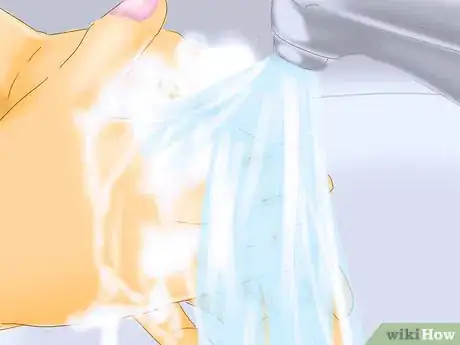

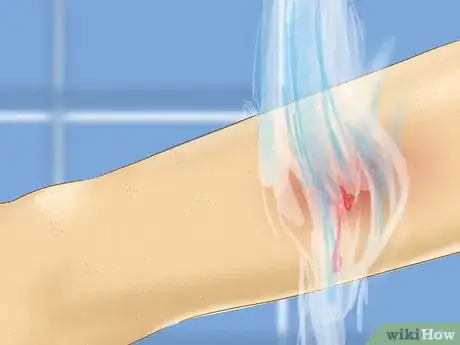
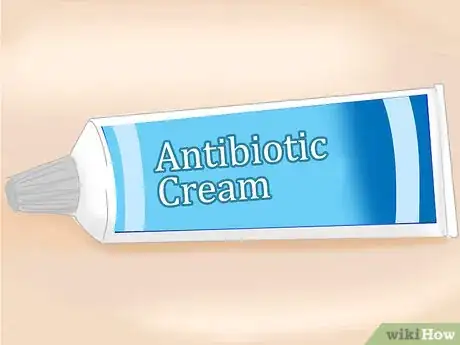
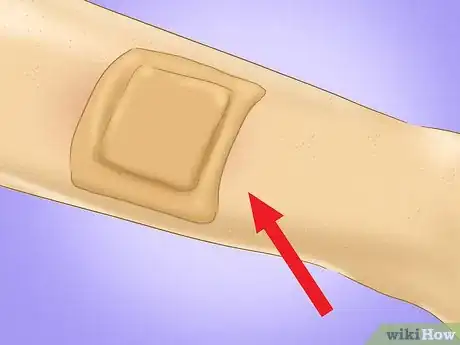
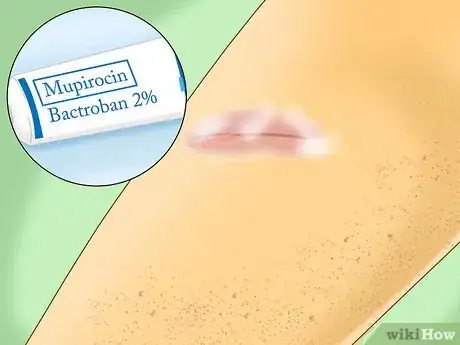
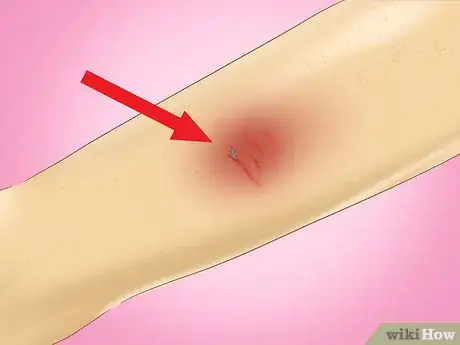


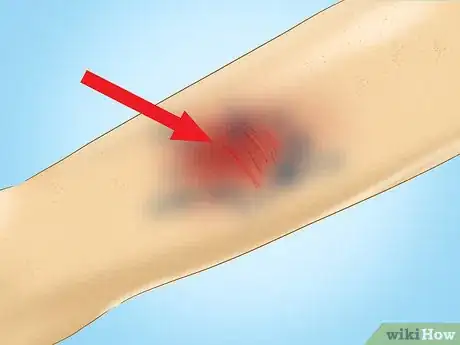
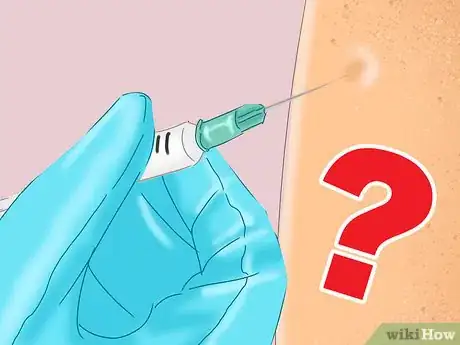
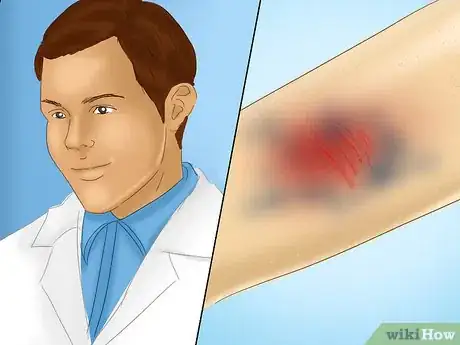
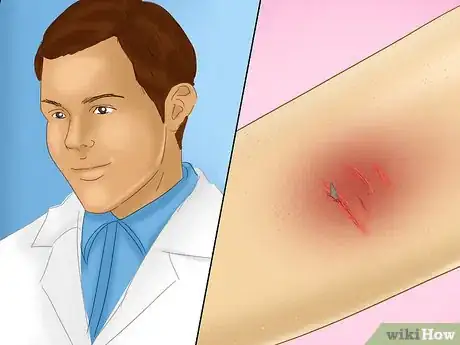
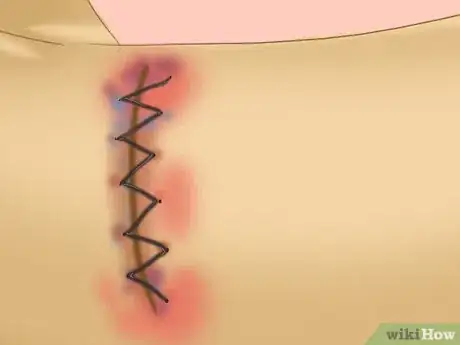
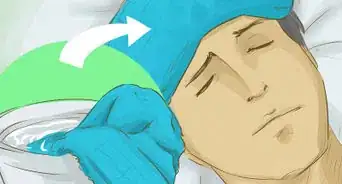
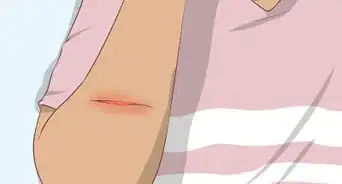

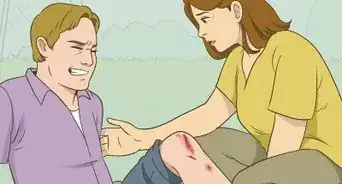



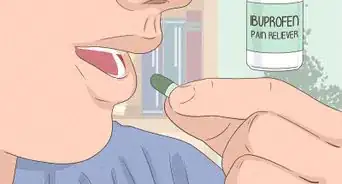
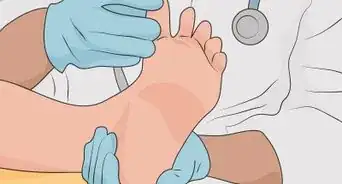
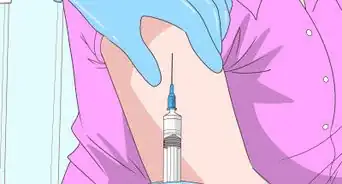

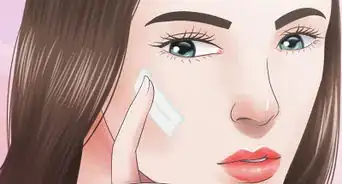
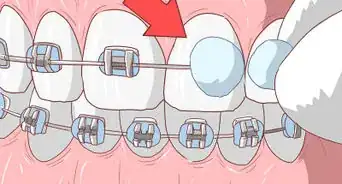








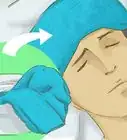
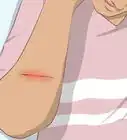
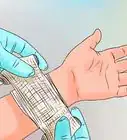
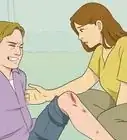



































Medical Disclaimer
The content of this article is not intended to be a substitute for professional medical advice, examination, diagnosis, or treatment. You should always contact your doctor or other qualified healthcare professional before starting, changing, or stopping any kind of health treatment.
Read More...